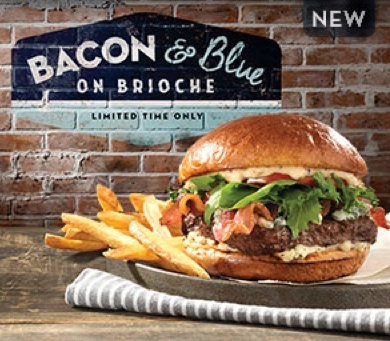Is menu-price inflation contributing to stagnant customer traffic? Several top chains have reported small same-store sales increases largely because of higher menu pricing that increases average checks enough to offset slight declines in customer traffic. That's working now but higher labor costs and greater technology investments may push restaurants to further raise prices in 2016. The strategy could backfire if the gap between supermarket and restaurant prices widens.
For the 12-month period ended in November 2015, the Consumer Price Increase (CPI) released by the Bureau of Labor Statistics this week shows food-at-home prices have risen by just 0.3% while food-away-from-home inflation is 2.7%. Supermarket prices for key items such as ground beef and cheese are down--both declining by 3.3% over the past year--while restaurant prices for cheeseburgers may be up. Consumers can't help but notice. For the year ended May 2015, NPD Group research found overall restaurant customer traffic showed no growth.
During his Q3 analyst call in October, McDonald's Corp. CEO Steve Easterbrook said the company keeps an eye on food-away-from-home inflation. "Our U.S. third quarter pricing year-over-year was up about 2%, which remains below food-away-from-home inflation of around 3%. The current projected increase in food away from home inflation for the full year remains at 2% to 3%," Easterbrook said. But what about at-home inflation?
Quick-service restaurant pricing is up 2.7% over the past year, compared with 2.4% inflation at full-service restaurants. For food trucks and vending, pricing is up 2.2%. The greatest price inflation comes in employee on-site feeding and schools: that category is up 4.9% over the past year.
Few consumer-expenditure categories have seen price inflation equaling or exceeding that for restaurants. Transportation is flat; energy is down 14.7%; apparel prices are off 0.3%. Prescription drugs at +3.4% are one of the few categories with higher inflation.
Eggs prices have been the focus of much discussion this year and, indeed, the category rose 23.7% in the past year. But consumers are paying less at the supermarket for meat (down 2.1%), chicken (down 1.7%), pork (down 6.6%) and fish/seafood (down 3.1%). Fruits and vegetables are up (1.4%) as are bacon (0.6%), hot dogs (6.8%) and some others, but overall food-way-from-home inflation is nine times that for food-at-home. That's the important number.
